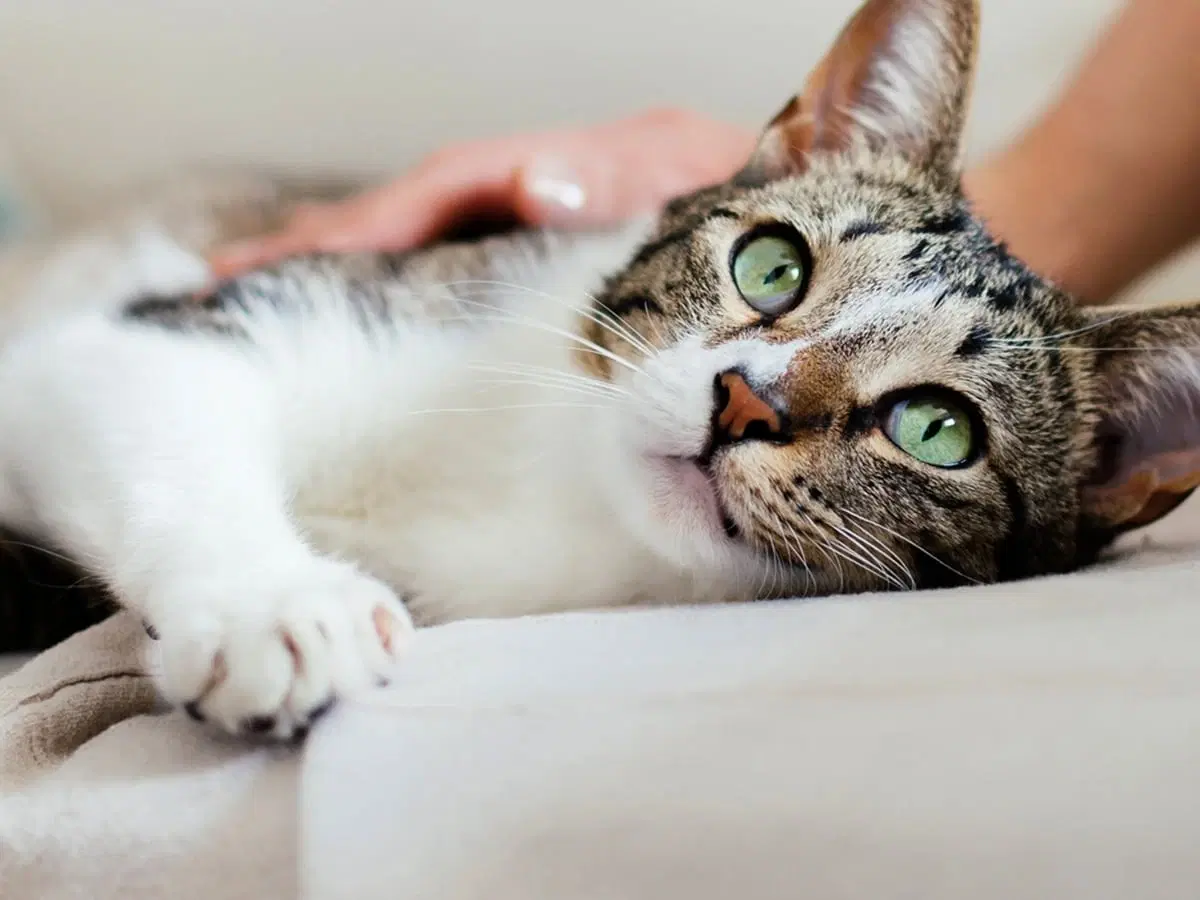Cats, with their mysterious ways and independent spirits, capture our hearts. Did you know there are unique terms for female cats depending on their age, reproductive status, and even if they're purebred? Let's dive into the world of female cat names!
The All-Purpose Term: Molly
The most common name for a female cat is "molly." This term applies to female cats of any age, much like "tomcat" for male cats. It's particularly used for spayed cats who can't have kittens. The origin of the word "molly" is a bit hazy, with some believing it stems from the Latin for 'soft' or 'gentle'.
What Are Unspayed Female Cats Called?
Before being spayed, a female cat is called a queen. This term comes into use when a cat reaches sexual maturity and experiences her heat cycle.
Expert Insights From Spot:
Spaying your female cat is an essential part of responsible pet ownership. Spot's data shows that the average cost to spay a cat is $341, typically done around 10 months of age. We've also processed over 1,100 claims for spaying procedures. Spaying not only helps control the pet population but also offers numerous health benefits for your cat.
The Queen: A Cat of Breeding Age
The term "queen" isn't just about royalty! It's intricately linked to the act of "queening," the birthing process for cats. A pregnant or nursing cat is always referred to as a queen. Interestingly, many feral cat colonies operate in a matriarchal system, with a senior queen-like figure overseeing the community.
Dam: The Language of Cat Breeding
If you're venturing into the world of purebred cats, you'll encounter the term "dam." This refers to a female cat specifically used for breeding purposes. It likely stems from the word "dame," signifying a woman of status or seniority, reflecting the valuable role of a dam in producing future generations of a particular breed.
Female Cat Behavior: How It Changes
While each cat has its unique personality, there are some general behavioral shifts you might observe as your cat progresses from molly to queen, and potentially to dam:
Molly: Spayed cats tend to be more playful and less prone to the intense hormonal fluctuations that queens experience.
Queen: Unspayed females in their heat cycle can become very vocal, restless, and may exhibit affectionate or even clingy behavior towards humans or other cats.
Dam: Expect a mother cat to become fiercely protective of her kittens. She'll dedicate her energy to nursing and may display increased territorial behavior.
Why Do Male Cats Have Just One Name?
Unlike female cats, male cats generally stick with the name "tomcat" or "tom." This is primarily because they don't experience the same distinct reproductive stages as females. Their terms revolve around breeding status rather than different phases of their lifespan.
A Brief History of "Tomcat"
The name "tomcat" gained popularity due to a fictional character! In the 1700s, a book called "The Life and Adventures of a Cat” featured a charismatic cat named Tom who captivated many female felines. This story cemented the use of "tom" for amorous male cats.
Choosing the Right Term for Your Feline Friend
Understanding these terms offers a deeper appreciation for the complexities of cat terminology. Whether you have a playful molly, a majestic queen, or an esteemed dam, each name reflects a unique aspect of your feline companion's life.
Also Read:
